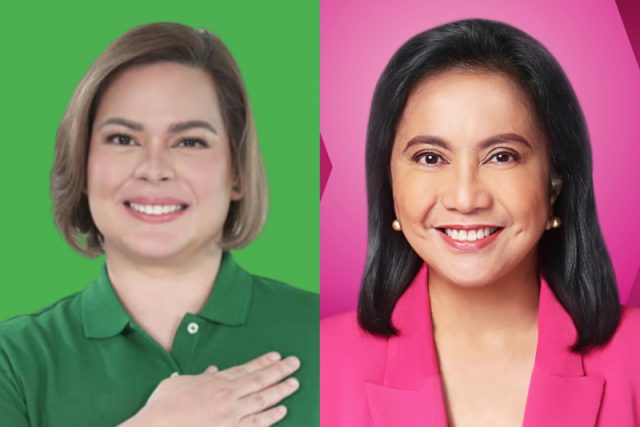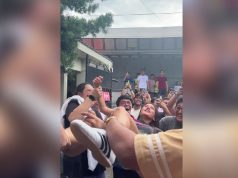
From a budget of less than a billion in the previous administration, the Office of the Vice President (OVP) is seen to 2023 is increasing more than three times under newly elected Sara Duterte-Carpio.
The Marcos administration is seeking a P2.3 billion budget for Vice President Sara Duterte’s office next year. Most of this will be allotted to the “good governance program.”
The proposed budget is higher than the office’s 2022 budget of P702 million when it was still under former Vice President Leni Robredo.
SARA'S OVP PROPOSES P2.292 BILLION BUDGET FOR 2023
The Office of Vice President Sara Duterte proposes a PHP 2.292-billion budget for fiscal year 2023.
Of this amount, PHP 91.356 is for General Administration and Support, while PHP 2.201 billion is for Good Governance Program. pic.twitter.com/cuyexSigta
— iMPACT Leadership (@iMPACTPH2019) August 24, 2022
During Robredo’s six years as vice president, the budget for the OVP under the Rodrigo Duterte administration was set at less than P1 billion per year.
Despite the relatively low budget, Robredo had delivered nationwide projects such as Angat Buhay, a flagship poverty alleviation program.
During the pandemic, Robredo also launched Bayanihan e-Konsulta, a free teleconsultation program, where they also distributed care kits.
RELATED: PSA: OVP calls for additional manpower for telemedicine initiative
Under Robredo’s term, the OVP received an unqualified opinion from the Commission on Audit for four straight years.
RELATED: What does it mean when gov’t agencies earn COA’s unqualified opinion?
Meanwhile, aside from the increase in OVP’s budget for 2023, Sara, also the education secretary, will also manage a proposed P848 billion budget for the Department of Education.
According to the Philippine Constitution, “the State shall assign the highest budgetary priority to education.”
Zyza Nadine Suzara, a public finance expert, said the budget of OVP is just a tiny fraction of the magnitude of funds Sara Duterte controls.
Suzara urged the public to “focus on the real magnitude of funding that the VP as DepEd Sec has.”
As education secretary, Sara is facing the issue of a learning crisis in the country, classroom shortage, and the return of in-person classes after two years.
READ: Crisis in education? Pinoys fret over Philippines’ high learning poverty rate









